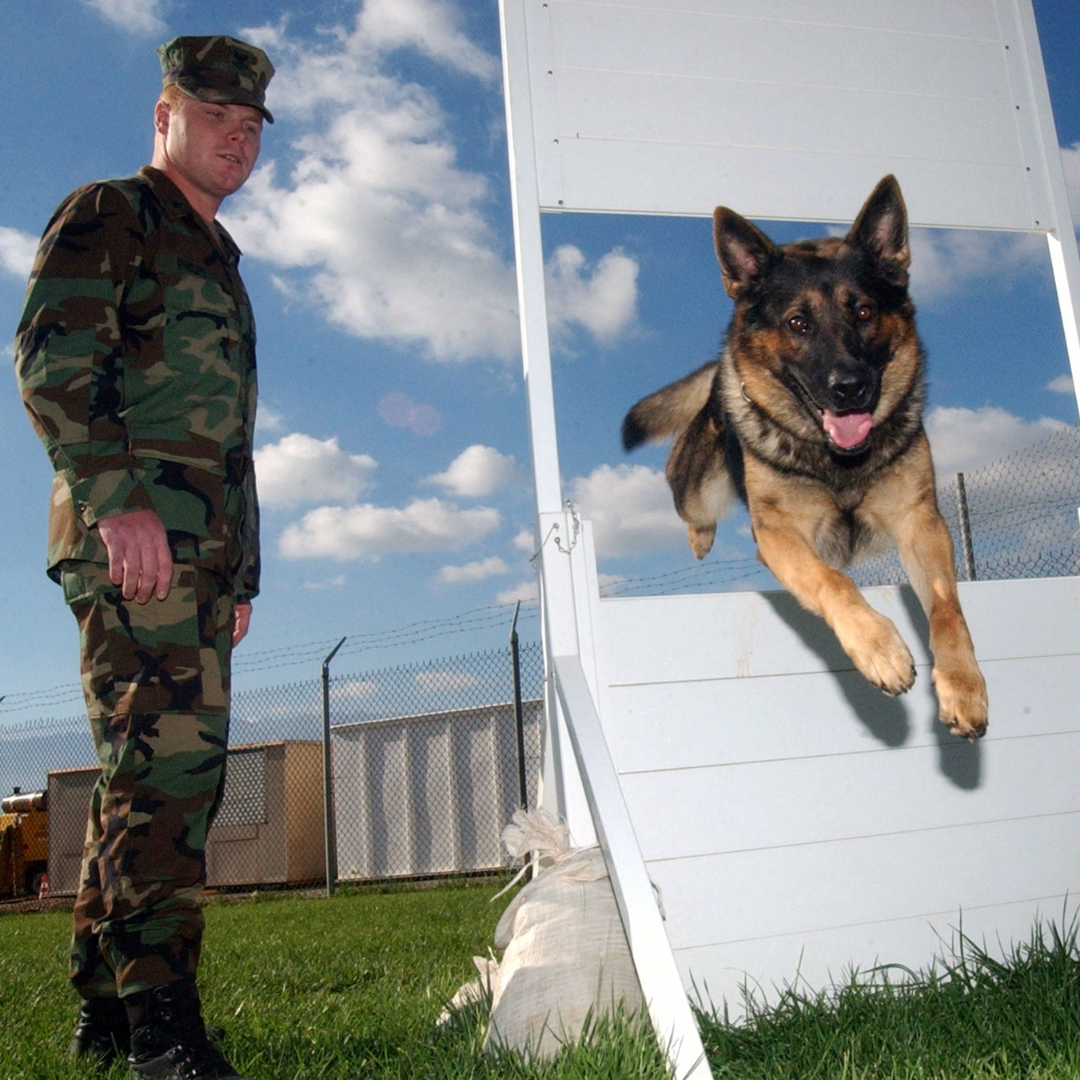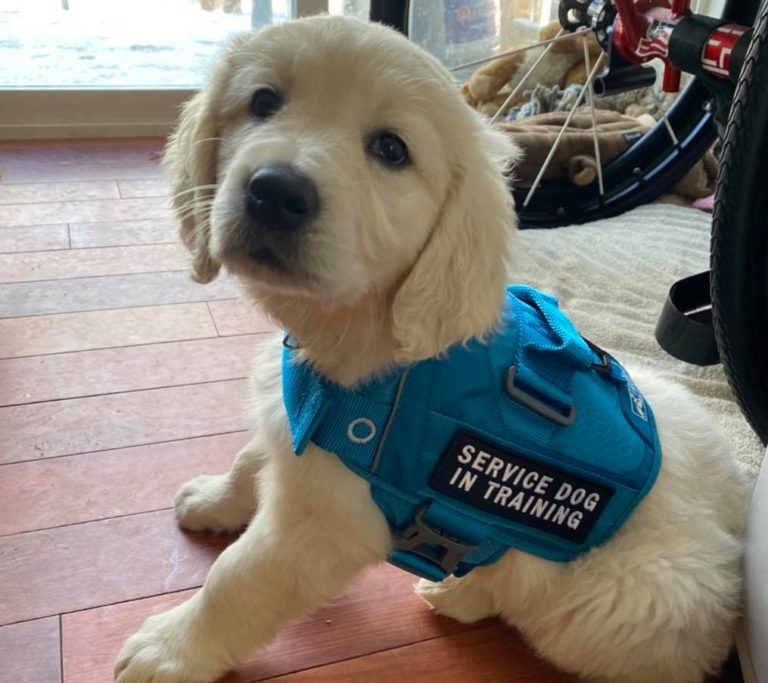Why Dog Training Near Me is Necessary for Your Canine Companion
Wiki Article
Unlock Your Pet dog's Potential: Proven Dog Training Strategies for Success
Effective dog training is a nuanced procedure that pivots on recognizing canine actions and employing medically backed methods. By integrating positive reinforcement, establishing clear commands, and prioritizing socializing, dog owners can grow a productive connection with their animals.Understanding Pet Dog Actions
Comprehending canine habits is essential for efficient training and fostering a positive connection in between canines and their proprietors. A thorough understanding of canine body language, articulations, and social interactions is crucial for recognizing their demands and feelings. Pet dogs interact mostly via non-verbal cues; for instance, a wagging tail may show exhilaration, while pinned ears can indicate concern or submission.
In addition, environmental factors play a considerable duty fit a dog's actions. Changes in routine, brand-new surroundings, or the presence of unknown individuals can bring about tension or stress and anxiety in pets. Acknowledging these triggers allows owners to minimize adverse responses and establish proper training methods.
Ultimately, a deep understanding of dog behavior lays the structure for effective training methods, boosting both actions and the total bond in between the dog and its proprietor. dog training charlotte nc. This knowledge is indispensable for fostering a well-adjusted, pleased canine buddy
Favorable Reinforcement Methods
Effective training relies heavily on favorable reinforcement methods, which have been revealed to yield substantial cause forming desired actions in dogs. This method involves rewarding a dog for showing particular actions, therefore enhancing the possibility that these behaviors will certainly be repeated. Rewards can take various types, consisting of treats, praise, toys, or playtime, depending upon what motivates the private pet dog.
It is vital to gradually phase out benefits as the canine discovers the habits, transitioning to periodic reinforcement. This strategy keeps the actions in time while preventing dependence on consistent benefits. By concentrating on favorable support, trainers can cultivate a relying on partnership with their pets, advertising a healthy and balanced and participating training environment that enhances general obedience and efficiency.
Developing Constant Commands
A basic element of effective pet dog training is the establishment of constant commands. Uniformity in commands is vital for efficient interaction between the pet dog and the fitness instructor. When commands are uniform, pet dogs learn to associate particular words with wanted habits, which increases the training process and improves understanding.To develop consistent commands, it is essential that all relative use the same terminology and motions. For instance, if someone uses "rest" while one more claims "take a seat," it can develop complication for the canine. Select clear, distinctive words for commands and guarantee everybody entailed in the pet dog's training complies with these selections.
Strengthen commands via regular practice, making certain that the dog obtains enough opportunities to react properly. When a pet efficiently adheres to a command, immediate favorable reinforcement must comply with.
Lastly, hold your horses. Developing my link regular commands requires time and effort. With commitment and clarity, you will certainly aid your pet dog establish a strong understanding of assumptions, eventually bring about a mannerly companion.
Socializing and Direct Exposure
Interacting socially a pet dog is important for fostering a well-adjusted and confident buddy. This process involves subjecting your dog to a variety of atmospheres, people, and various other pets to create their social abilities and adaptability. Early socializing, ideally in between the ages of 3 to fourteen weeks, is pet behaviourist important, as it lays the foundation for a pet dog's future actions.
During socialization, aim to provide positive experiences in various setups, such as parks, busy streets, and homes with other family pets. Introduce your canine to numerous stimulations, consisting of sounds, views, and scents, guaranteeing that each encounter is satisfying. This exposure helps minimize anxiety and stress and anxiety, paving the way for an extra resilient canine.
Involving in regulated team play sessions with various other pet dogs can likewise boost social abilities, educating your animal suitable interactions and limits. Focusing on socialization will dramatically add to your pet dog's total joy and actions throughout their life.
Overcoming Common Educating Obstacles

An additional regular issue is interruption. Dogs may battle to focus in busy or strange settings. Progressively desensitize your pet dog to disturbances by beginning training in a quiet atmosphere and gradually introducing more stimulations as they end up being proficient (dog training charlotte). Positive reinforcement techniques, such as treats and praise, can maintain motivation and focus.
In addition, behavioral concerns like jumping or extreme barking can end up being aggravating. Address these by showing alternate actions, such as resting steadly when greeting visitors. Uniformity and patience are crucial; reinforce preferred behaviors regularly and stay clear of scolding, which can bring about confusion.
Last but not least, identify that each canine is special, and training timelines might differ. Dressmaker your method to your canine's individual requirements, and look for professional assistance if essential. With willpower and the appropriate methods, getting rid of these obstacles can cause Visit Your URL a well-trained, delighted canine friend.
Verdict
Finally, opening a dog's prospective demands a thorough method that incorporates an understanding of canine actions, the application of positive reinforcement techniques, and the establishment of constant commands. Early socialization and exposure to varied settings better improve a canine's versatility and self-confidence. By dealing with typical training difficulties with customized methods and patience, a unified and participating relationship between pet dog and trainer can be cultivated, eventually causing a mannerly buddy efficient in flourishing in numerous situations.Reliable dog training is a nuanced process that pivots on recognizing canine habits and using scientifically backed methods.Comprehending pet behavior is vital for reliable training and promoting a favorable connection between pets and their proprietors.Effective training counts heavily on favorable support methods, which have actually been shown to generate substantial outcomes in forming desired behaviors in pet dogs. When commands are uniform, pets learn to associate specific words with preferred habits, which increases the training procedure and boosts understanding.
In conclusion, opening a canine's possible demands a detailed technique that integrates an understanding of canine actions, the application of favorable support strategies, and the establishment of consistent commands.
Report this wiki page